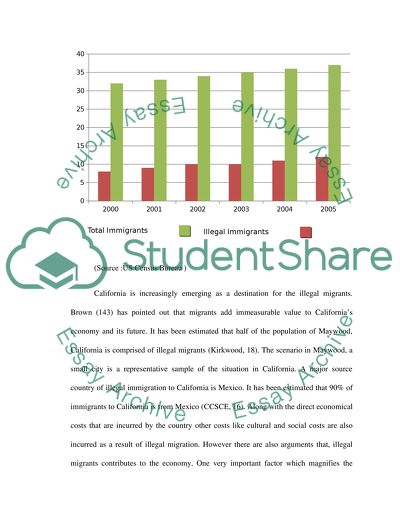Cite this document
(“How does illegal immigration affect Californian economics Research Paper”, n.d.)
Retrieved from https://studentshare.org/sociology/1393093-how-illegal-immigration-affect-on-california
Retrieved from https://studentshare.org/sociology/1393093-how-illegal-immigration-affect-on-california
(How Does Illegal Immigration Affect Californian Economics Research Paper)
https://studentshare.org/sociology/1393093-how-illegal-immigration-affect-on-california.
https://studentshare.org/sociology/1393093-how-illegal-immigration-affect-on-california.
“How Does Illegal Immigration Affect Californian Economics Research Paper”, n.d. https://studentshare.org/sociology/1393093-how-illegal-immigration-affect-on-california.


